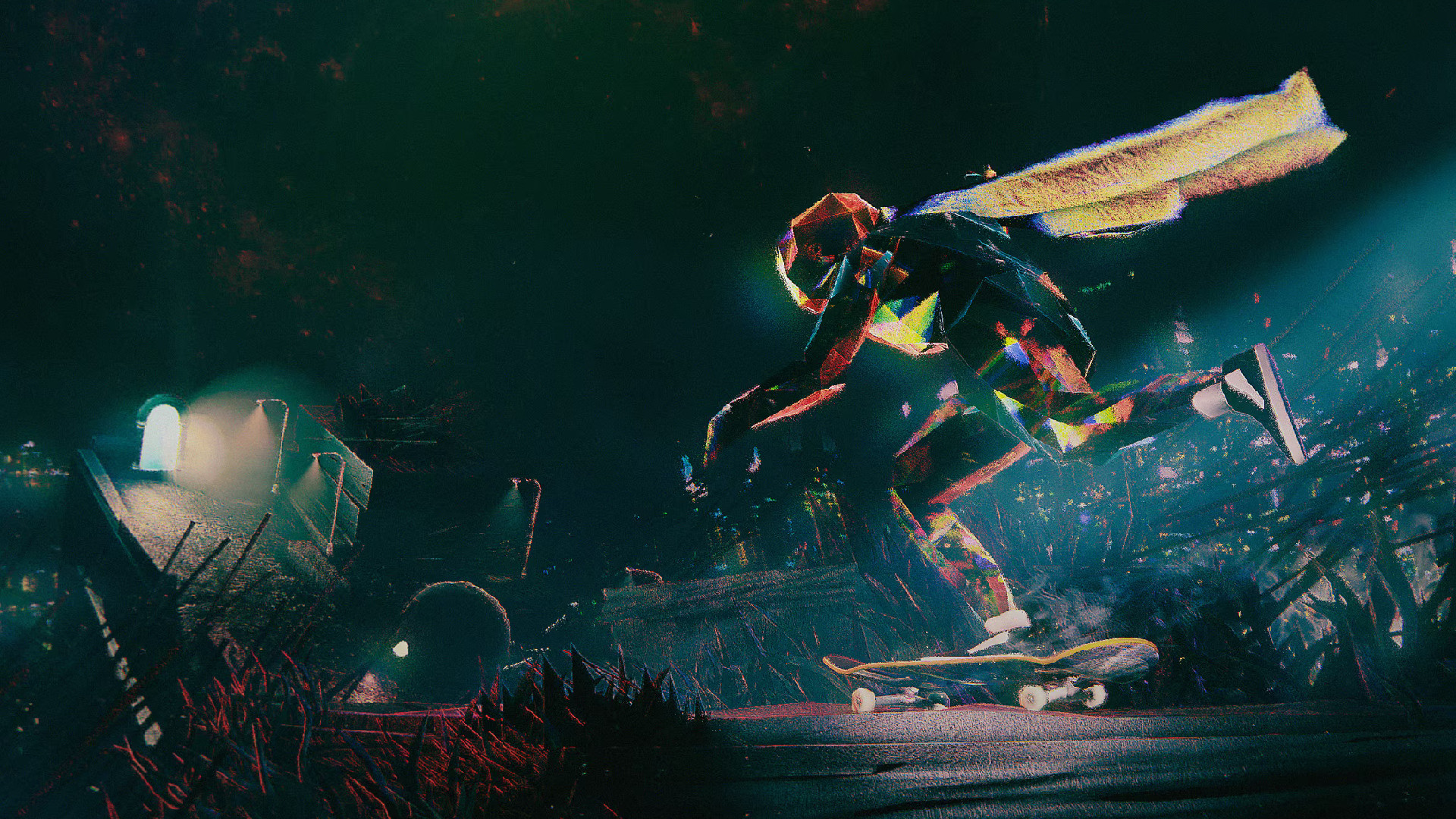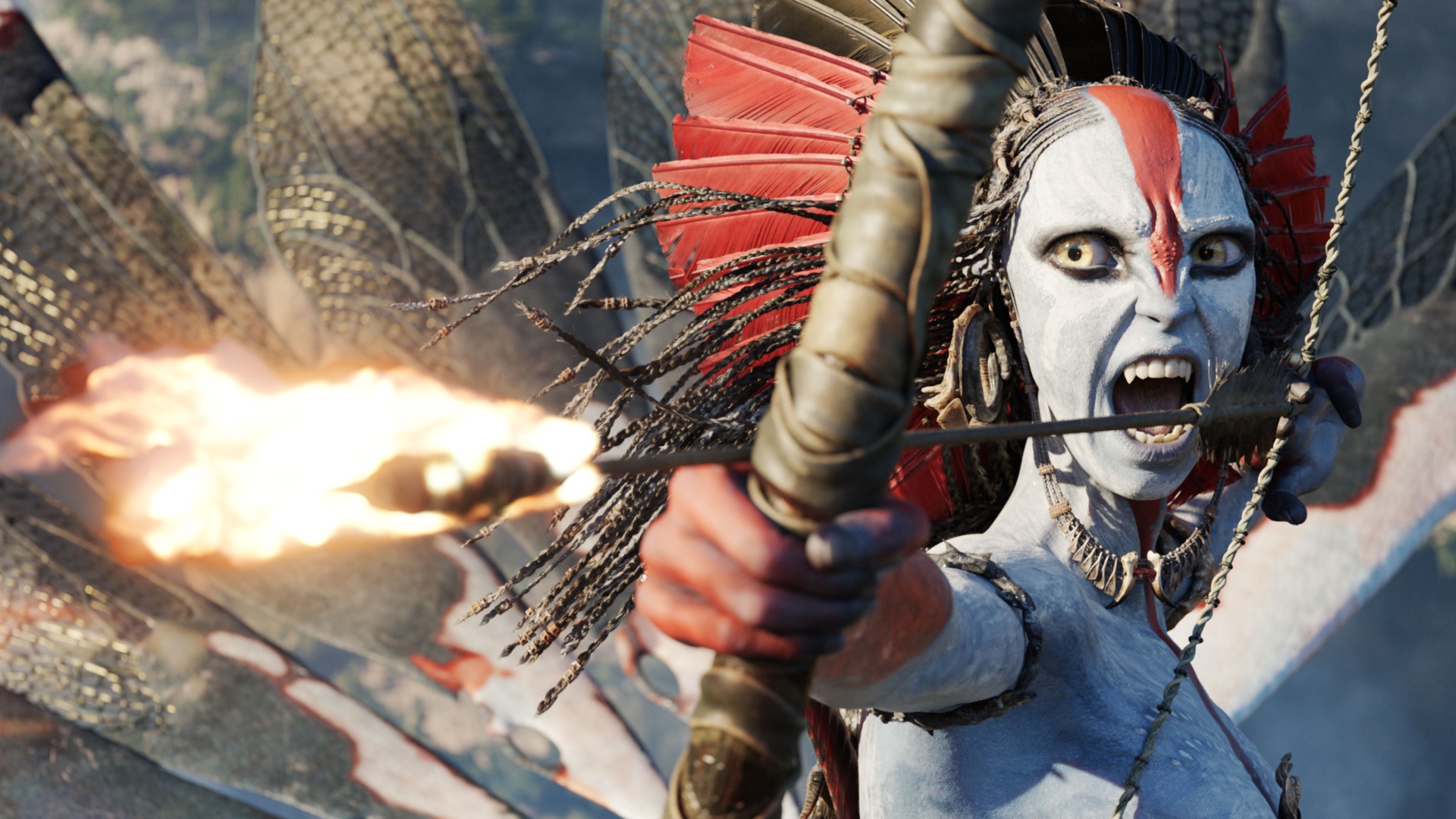I love that the Flaw system calls me out on my RPG behavior in The Outer Worlds 2's and then asks me to double-down on it: "Because flaws are optional, we knew we could actually push them a little bit harder"
On the Radar | "We're always trying to look at and observe the player doing something"
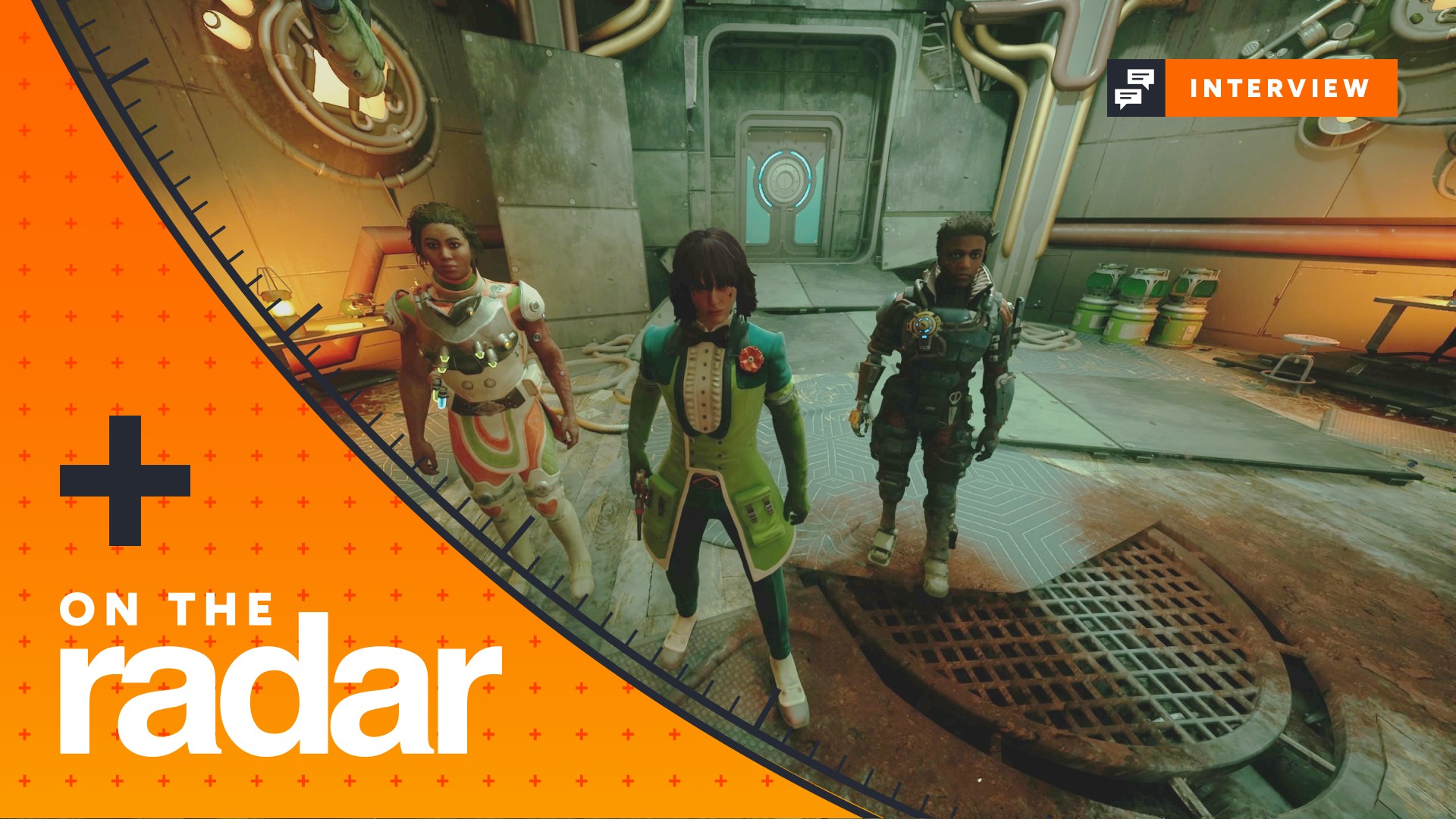
My Earth Directorate agent in The Outer Worlds 2 has admittedly become a bit of a charlatan. After choosing a Gambler background and investing lots of points in Stealth and Speech skills, my role-playing instincts naturally kept gravitating towards dialogue in conversation that wasn't always honest. So yes, maybe I'm prone to exaggeration, and sure, I can pick a lie or two in a bid to swing things in my favor, but it's a fixed part of my character's sensibilities now; I play fast and loose with the truth to fix the odds, and I'm willing to take risks. Eventually, though, the RPG calls me out on it.
"The Earth Directorate found a Flaw in you!", a pop up on screen declares, before offering me the chance to go all in on my deceitful ways by taking up the Compulsive Liar Flaw. "You don't know why you lie; you just do", it reads, and well, ain't that the truth. By accepting this imperfection, I would always have to lie whenever the opportunity presents itself, or end the conversation entirely, but all skill requirements to pass the lie checks would have been ignored. The temptation to accept based on its role-play potential is hard to ignore, but since I'd put so much effort into my Speech skill, I chicken out at the last minute.
Even so, I love how the many Outer Worlds 2 flaws offered up to me feel like they're directly responding to my actions, and as design director Matt Singh explains, it's just one of the many ways Obsidian is trying to support the kind of character you want to be. "We're always trying to look at and observe the player doing something," Singh says, "and then asking them the question: Do you want to lean into that and make that part of your play style? If so, here's some bonuses to you. But if you decide to stray away, that's where you take your penalties."
Kleptomaniac with Bad Knees
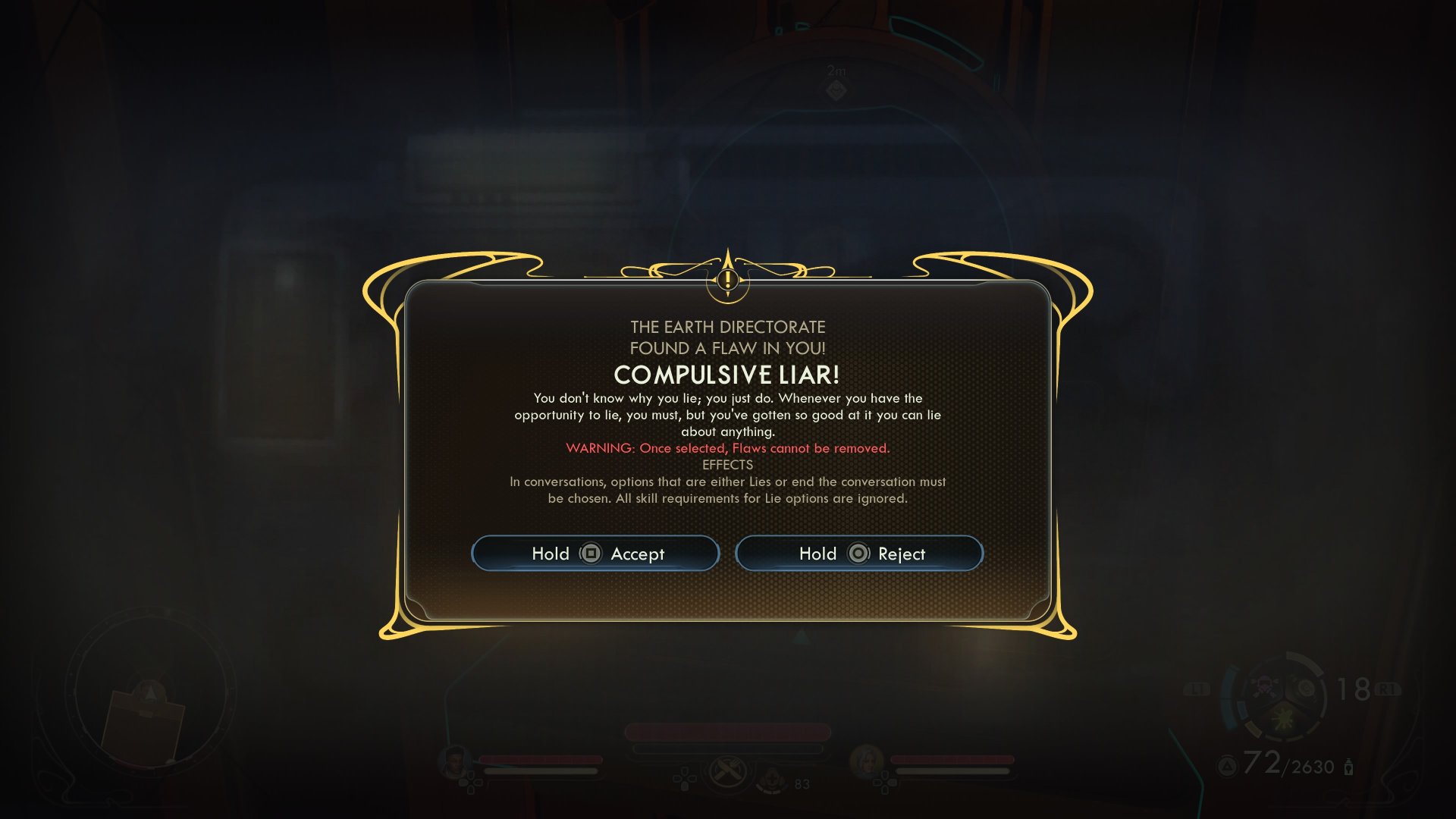
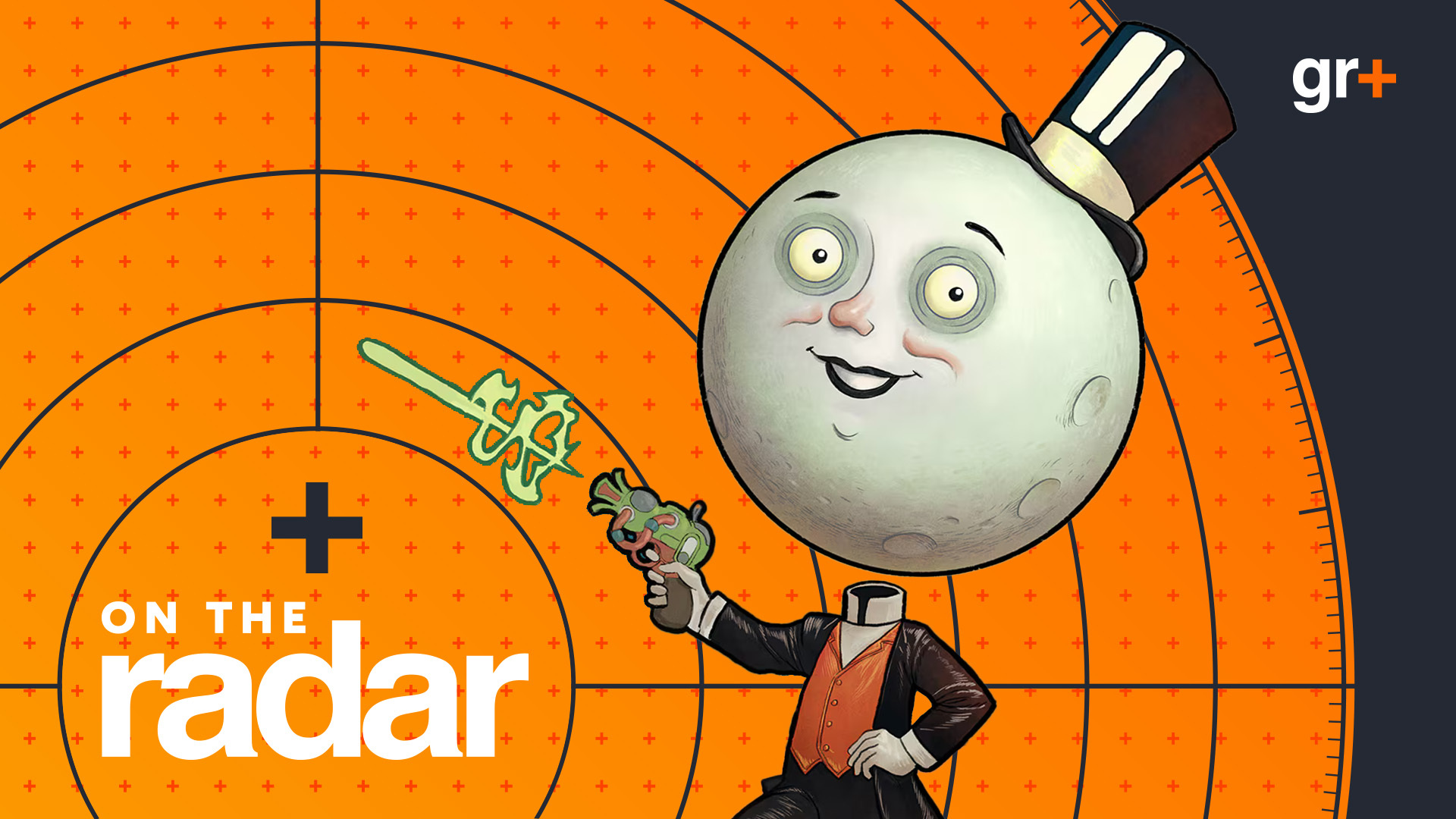
On the Radar with The Outer Worlds 2: Following our review, we go deeper into this RPG must-play – including exclusive access with Obsidian Entertainment.
Building off of the system in the first game, Singh highlights how the original Outer Worlds "was really all about" recognizing "you doing something generally poorly". One example he offers is the way the RPG would notice if you were taking a lot of damage from Auto Mechanicals (the mech-like enemies in the sci-fi universe), and then offer up the chance to take on another Perk point to spend to help you out – albeit with the caveat that you take more damage from machines from then on. But for the sequel, the team seized the opportunity to take the Flaws in a different direction that would instead let you really dig your heels into your own behaviors or weaknesses.
"For this game, we actually just wanted to pivot that idea," Singh says, "and something I wanted to do with it is have it be something where we're observing players' actions and asking them to lean into the thing that they're doing. And so with that idea in mind, we looked at like, what are all the player verbs? What are all the things that people are doing in the game, since we can observe them, and what are the things that we can start using as triggers because of that?"
It's immediately apparent that there are way more Flaws in The Outer Worlds 2 in comparison to the 2019 adventure. But what strikes me the most throughout my time with the follow-up is how responsive they are, too. Every one that's presented to me is a reflection of what I'm choosing to do in-game, and they always feel like they pop-up at the right time in a way that makes sense in the moment. As a stealthy player who's always crouching, for example, I get the Bad Knees Flaw offered to me, which increases my movement speed while I'm in this stance – only my bones make loud, crunchy sounds anytime I get low to the ground.
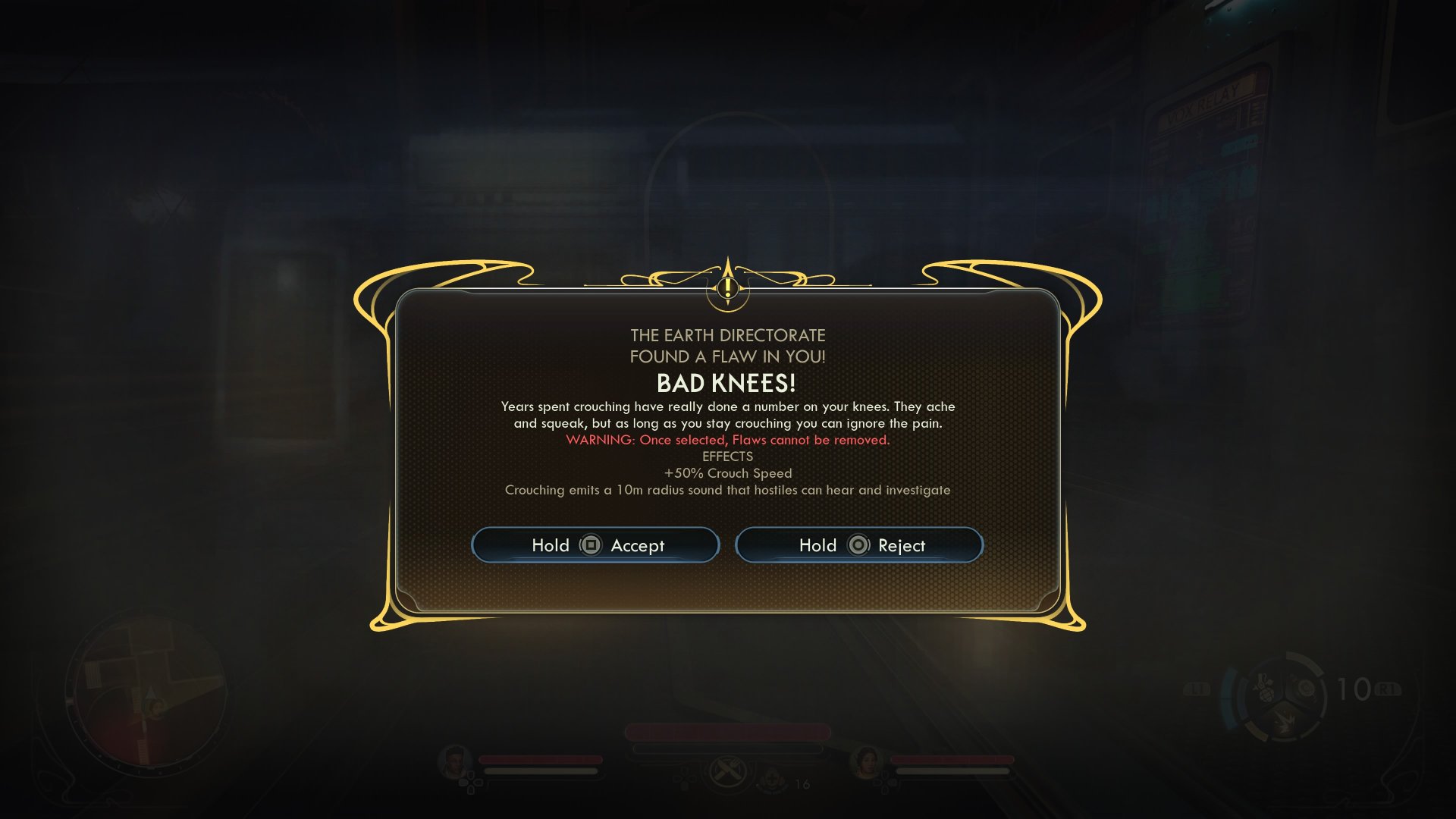
As Singh explains, Obsidian set out to make the system directly react to what you're doing, but it's also there to actually make you examine your own behavior and chosen approach.
Weekly digests, tales from the communities you love, and more
"We thought it was really cool if we could find ways to make it feel like a natural part of the gameplay experience," Singh says, "and really make the player have to think about their actions when they're taking this [Flaw]. We thought that would be a really big benefit, a bonus for us. Things like Kleptomaniac, where, if we observe you're stealing a lot of objects, we offer you a Flaw called Kleptomaniac. We're like, 'okay, cool. You're doing this. You want to do this, that's great. Keep stealing, and we're going to allow all of your stolen items to sell for more money.'"
"Now you're going to get more resources," Singh continues, "You can spend that on different things, but because you're a kleptomaniac, when you're looking at stolen objects, you may accidentally just take it. And now you have to really think about the stealth systems and say, 'when I am approaching loot, am I being detected?'"
Finding flaws
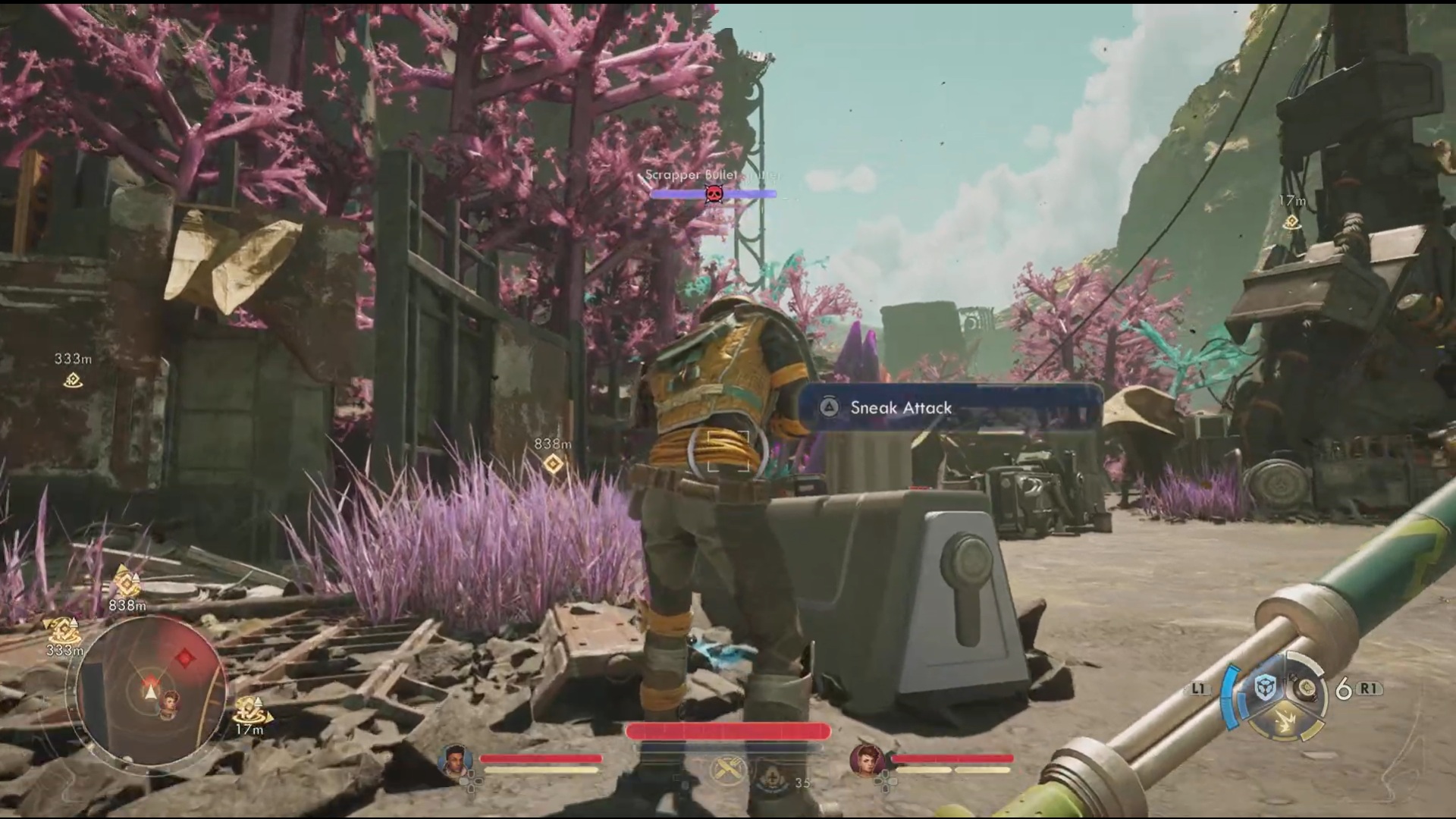
We looked at all of the different play patterns, or we were just kind of also brainstorming what would be fun if?
Matt Singh, design director
Many of the Flaws in the game came from watching players and seeing how they would engage with different scenarios. But some were also inspired by what the developers would actually do in the RPG themselves, or what would simply just be fun to add.
"We looked at all of the different play patterns, or we were just kind of also brainstorming what would be fun if?" Singh says. "What are just fun things that could happen, that might have been where Bad Knees came from initially, but it also worked really well with the stealth systems as well. So we come up with fun ideas, and we try to figure out: how can we fit this in mechanically?"
"You know, a lot of times developers are trying to test a bunch of stuff, right? But they're spamming through conversations. They're just racing through conversations," Singh continues. "We're like, 'Yeah, sometimes I do that'. Sometimes I read ahead. Sometimes I just want to get through this thing. Well, let's respond to the person that's doing that. And so that's where something like Foot-in-Mouth came from. Where, if we see you kind of skipping through conversations, we say, 'Okay, you're doing this. If you want to continue doing this, we're going to time you. And if you let that timer run out, we're going to pick a conversation option at random, but if you don't, then you know you'll be able to pass checks that maybe you couldn't before.'"
While many can be used to enhance your chosen approach (even if you do take some penalties if you stray away from it), certain Flaws can also really change up the game in The Outer Worlds 2, and bring in an additional level of challenge if you want it. I highlighted Flawed to game director Brandon Adler, which pops up for me after I take on three different Flaws. If you do accept Flawed, it means you'll have to take on every single Flaw offered up from that point on, which to me is like the equivalent of hard mode.

"Because Flaws are optional, we knew we could actually push them a little bit harder, or do a little bit more with those things, "Adler says. "So Flawed is a great example. One that I personally loved, just because it was kind of stupid when we put it in, is Sun Gazer, where you know, if you look at the sun for too long, you'll get blurry vision. But it's one of those things where we're having fun with it and yes, you can make your playthrough very difficult if you take some of these Flaws."
"But again, they're all optional, and in many cases, some of those Flaws are, in my mind, if somebody just wants that additional challenge, or they're doing another playthrough," Adler adds. "Some of those things I wouldn't take on my first playthrough because I want a more pure experience of that stuff, or something that's closer to my own play style. But again, having those extra options for people is always going to be good for sure."
Ultimately, the variety of choices coupled with the Flaws and character builds on offer in The Outer Worlds 2 makes for one very replayable RPG, and I'm already mapping out future runs — ones where maybe I will have Bad Knees, or be a Compulsive Liar.
"I think it's really fun how you can kind of view the Flaws as things that can help you in terms of building a really effective build if you're specific with your choices," Singh says, "or an interesting challenge to be overcome if you start taking on these things and maybe purposefully lean against them and try to figure out, how can this just change the experience as a whole, and how do I overcome it in interesting ways? Hopefully that'll add some longevity."

I started out writing for the games section of a student-run website as an undergrad, and continued to write about games in my free time during retail and temp jobs for a number of years. Eventually, I earned an MA in magazine journalism at Cardiff University, and soon after got my first official role in the industry as a content editor for Stuff magazine. After writing about all things tech and games-related, I then did a brief stint as a freelancer before I landed my role as a staff writer here at GamesRadar+. Now I get to write features, previews, and reviews, and when I'm not doing that, you can usually find me lost in any one of the Dragon Age or Mass Effect games, tucking into another delightful indie, or drinking far too much tea for my own good.
You must confirm your public display name before commenting
Please logout and then login again, you will then be prompted to enter your display name.
